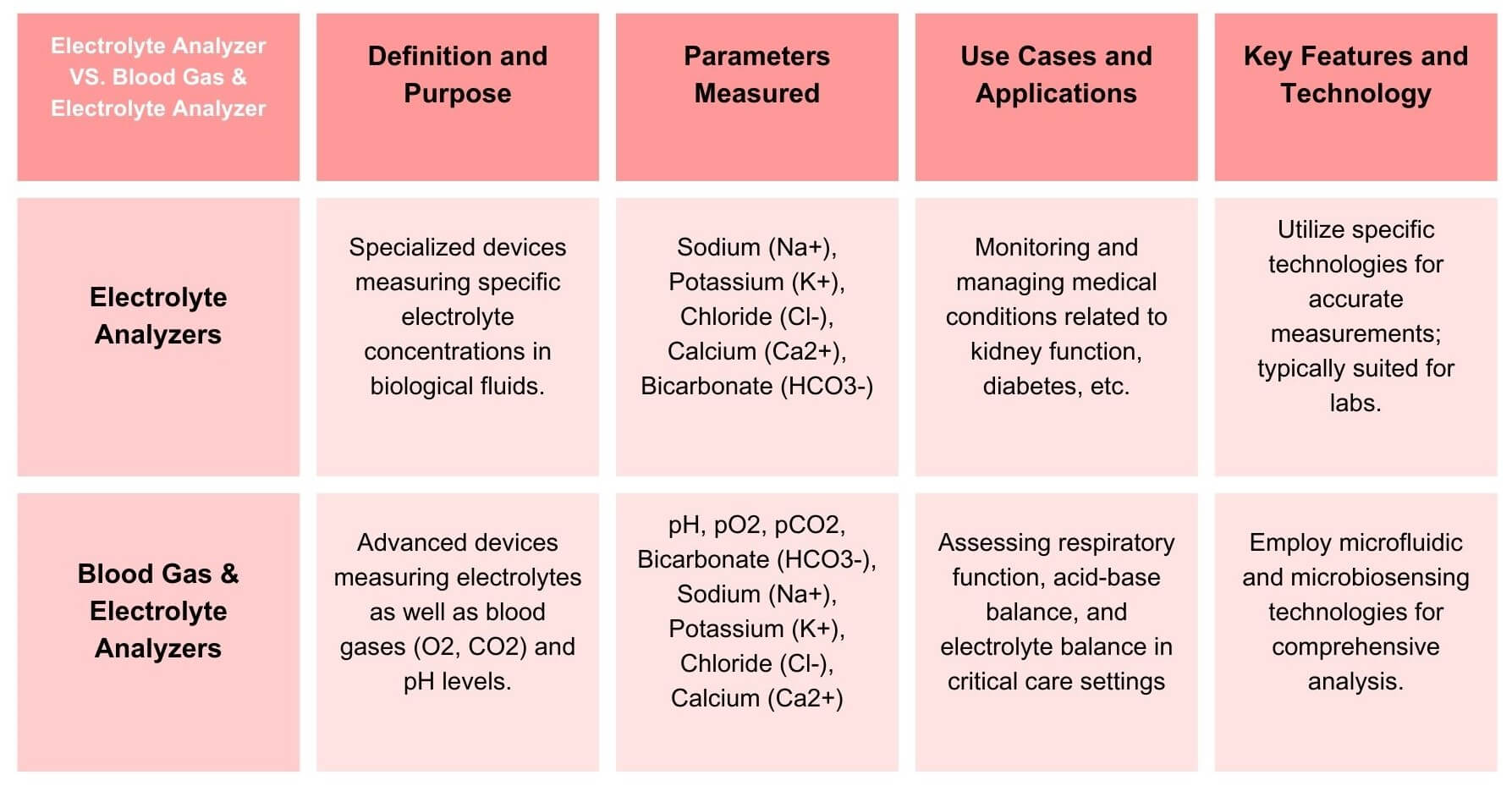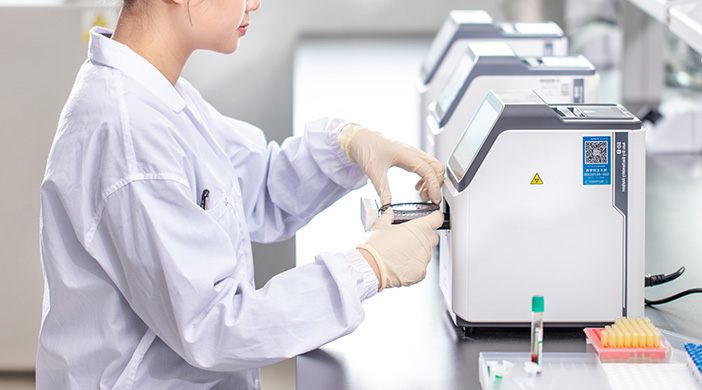release time:2022-04-08 17:01:23
In most cases it is not possible to obtain tissue for biopsy, so blood is the most readily available sample that best reflects the physiological functions of the body. Biochemical tests to measure the electrolyte content of blood can provide a scientific basis for diagnosis.
When potassium and sodium levels in animals such as livestock are below normal physiological levels, malnutrition and potassium and sodium deficiencies may occur. This usually manifests itself as vomiting and diarrhoea. If potassium is above the physiologically normal level, pneumonia, asthma and metabolic acidosis may occur.
Low concentrations of calcium ions act on neuromuscular synapses and cause aganglionosis. In addition, calcium ion loss is also seen in chronic diarrhoea. Therefore, daily monitoring of electrolyte levels in livestock and poultry animals can provide a scientific basis for better feeding management, rational feed preparation, and micronutrient supplementation.
For example, cattle are important livestock, with no less than 5 million cattle dying from BVDV infection each year around the world, accounting for 0.5% to l% of the total number of cattle kept. As BVDV can be transmitted through various routes such as oral and nasal contact and blood. And the morbidity rate of cattle infected with BVDV is high but the mortality rate is low. Therefore a significant proportion of the cattle herd are carriers of BVDV.
The economic cost of BVDV to the livestock industry is considerable. Infected cattle have abnormal concentrations of the electrolytes K+, Na+ and Cl- in their blood serum and may exhibit unusual physiological states. If the electrolyte levels are measured, it can be used to determine whether the herd is infected with BVDV.

2025-03-14
Explore the differences between Electrolyte Analyzers and Blood Gas & Electrolyte Analyzers. Learn their functions, advantages, and applications for informed healthcare choices. A comprehensive comparison for medical professionals and enthusiasts.

2022-05-24
Point-of-care testing has played a huge role in the medical industry in recent years, and the higher demand for POCT machines and the broader market space suggest that POCT will see more rapid and steady growth in the future. However, there are still challenges on the road to POCT machine development. The following is a summary of some of the challenges encountered on the road to POCT machine development.

2022-03-11
A biochemistry analyzer, also known as a clinical chemistry analyzer. It is used to measure the metabolites present in biological samples such as blood or urine.